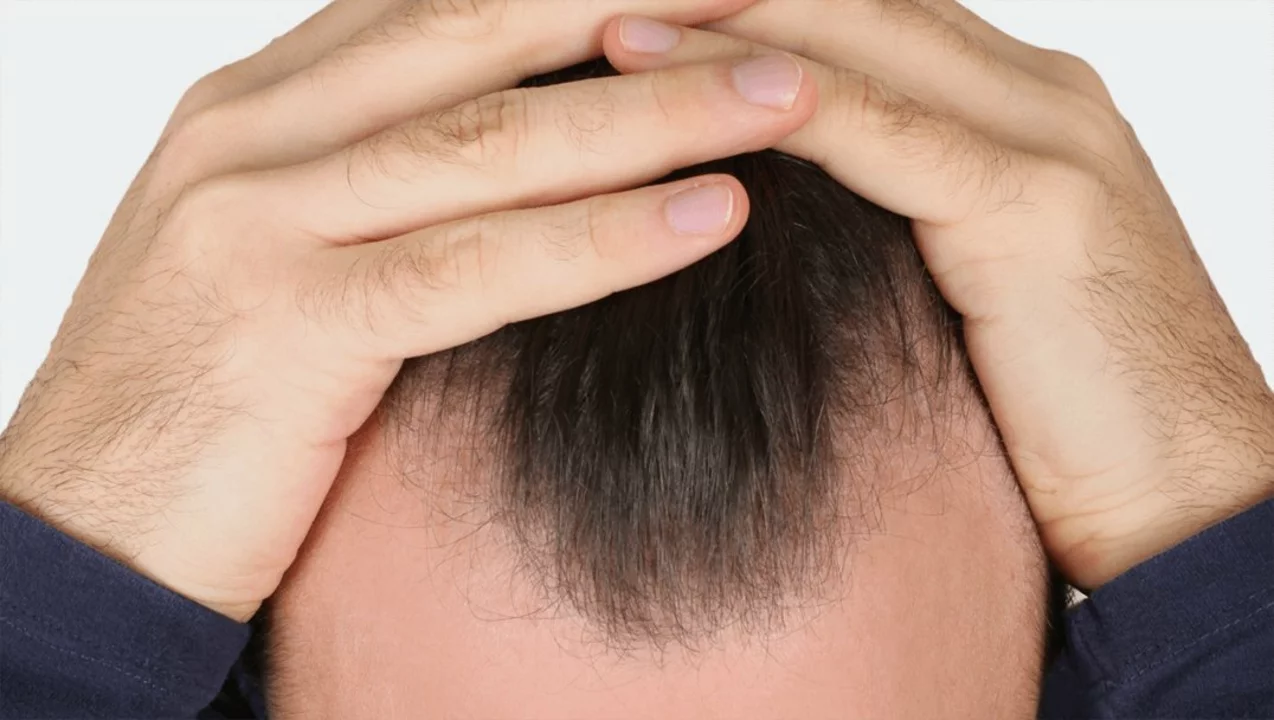Understanding the Causes of Hair Loss and Baldness
Before diving into the solutions for receding hairline, it's essential to understand the underlying causes of hair loss and baldness. Hair loss can occur for various reasons, including genetics, hormonal imbalances, nutritional deficiencies, and stress. In many cases, hair loss is a natural part of the aging process, and it's not uncommon for men and women to experience some degree of hair thinning as they get older.
As a blogger who has experienced hair loss firsthand, I can tell you that understanding the reasons behind hair loss is the first step to addressing the problem. By identifying the root cause of your hair loss, you can formulate a targeted and effective plan to regrow your receding hairline.
Implementing a Healthy Hair Care Routine
One of the most important aspects of growing a receding hairline is to establish a healthy hair care routine. This includes regular shampooing and conditioning, gentle brushing, and avoiding excessive heat styling.
When selecting hair care products, look for those specifically designed for thinning hair or hair loss, as these often contain ingredients that promote hair growth and reduce breakage. In addition, try to avoid using harsh chemicals or treatments on your hair, as these can further damage your hair and contribute to hair loss.
As someone who has experimented with various hair care routines, I can confidently say that maintaining a consistent and gentle hair care regimen is crucial for promoting hair growth and preventing further hair loss.
Nutrition and Supplements for Hair Growth
Proper nutrition plays a significant role in hair growth, and ensuring that your diet includes essential vitamins and minerals can help improve the health of your hair. Some of the key nutrients for hair growth include biotin, zinc, iron, and vitamins A, C, and E.
Incorporating foods rich in these nutrients into your diet, such as leafy greens, nuts, seeds, and lean proteins, can help promote hair growth and improve the overall health of your hair. Additionally, there are numerous hair growth supplements available on the market that contain a blend of these essential nutrients.
As someone who has experienced the benefits of proper nutrition for hair growth, I can attest to the importance of maintaining a balanced diet and considering supplementation if necessary.
Scalp Massage and Hair Growth
Scalp massage has been touted as an effective technique for promoting hair growth and improving the health of your hair. Massaging the scalp helps increase blood flow, which in turn delivers essential nutrients to the hair follicles, promoting growth.
To incorporate scalp massage into your hair care routine, simply use your fingertips to gently massage your scalp in circular motions for a few minutes each day. You can also use a scalp massager tool to help stimulate blood flow and promote hair growth.
As a blogger who has tried scalp massage, I can say that it's a relaxing and enjoyable way to support hair growth and overall scalp health.
Topical Treatments for Hair Growth
There are numerous topical treatments available for promoting hair growth and addressing a receding hairline. Some popular options include minoxidil (Rogaine) and natural essential oils like rosemary, peppermint, and lavender.
Minoxidil is an FDA-approved medication that has been shown to help promote hair growth and slow the progression of hair loss. It's important to note that minoxidil should be used consistently and as directed in order for it to be effective.
Essential oils, on the other hand, are a natural alternative to promote hair growth. To use essential oils for hair growth, simply mix a few drops of your chosen oil with a carrier oil and massage it into your scalp.
As someone who has experimented with both minoxidil and essential oils, I can say that finding the right topical treatment for your hair loss needs can make a significant difference in your hair growth journey.
Consulting with a Hair Loss Specialist
Finally, if you're struggling with a receding hairline and haven't seen improvement with at-home treatments, it may be time to consult with a hair loss specialist. A specialist can help determine the cause of your hair loss and recommend appropriate treatments, such as prescription medications, laser therapy, or even hair transplantation.
In my experience, consulting with a specialist was a crucial step in my hair growth journey, as they were able to provide personalized advice and guidance tailored to my specific hair loss situation.
In conclusion, growing a receding hairline requires a multifaceted approach that includes understanding the causes of hair loss, implementing a healthy hair care routine, ensuring proper nutrition, trying scalp massage and topical treatments, and potentially consulting with a hair loss specialist. With persistence and patience, you can take control of your hair loss and work towards regrowing your receding hairline.
